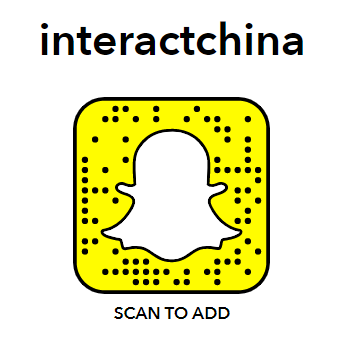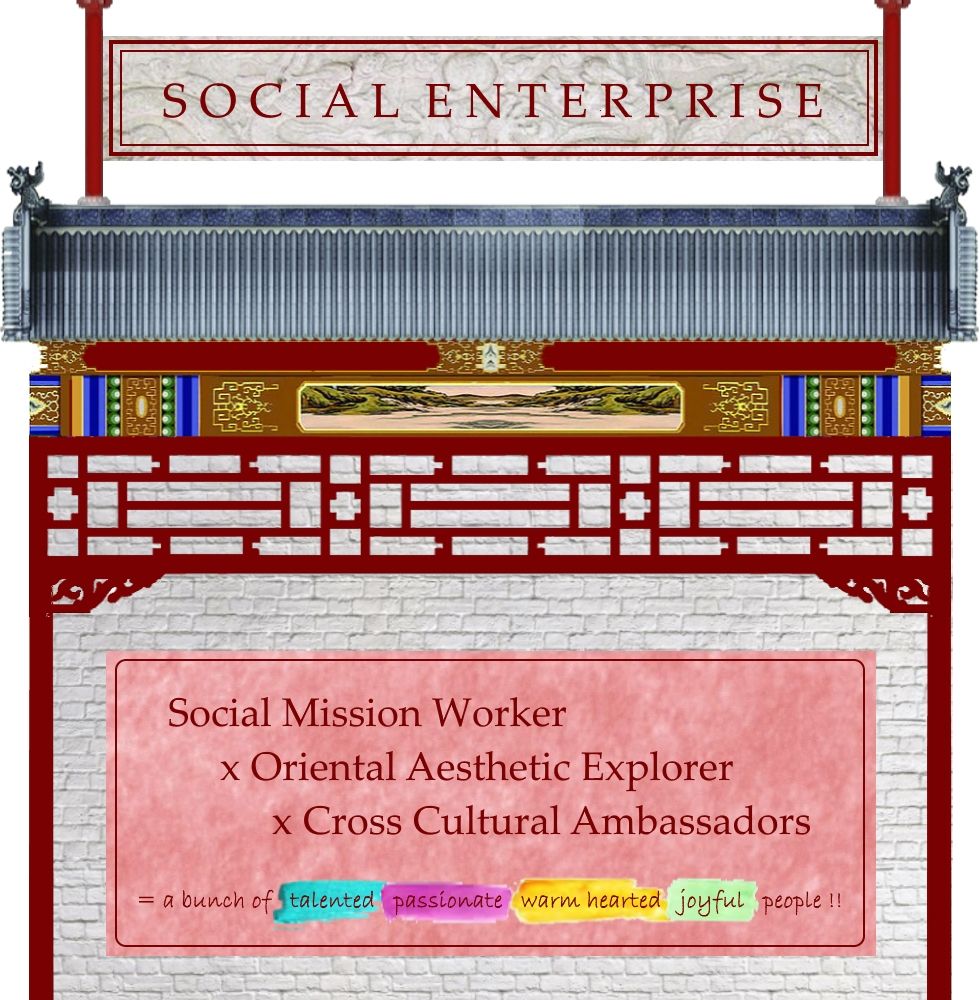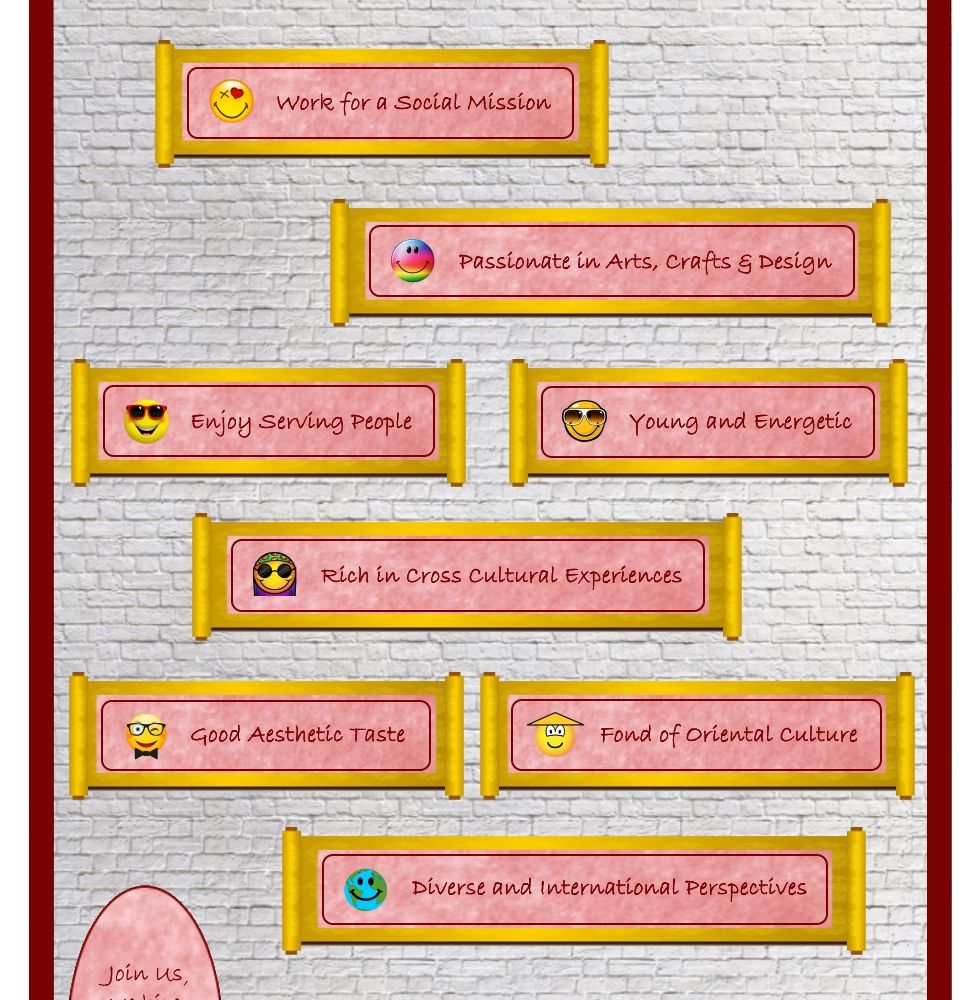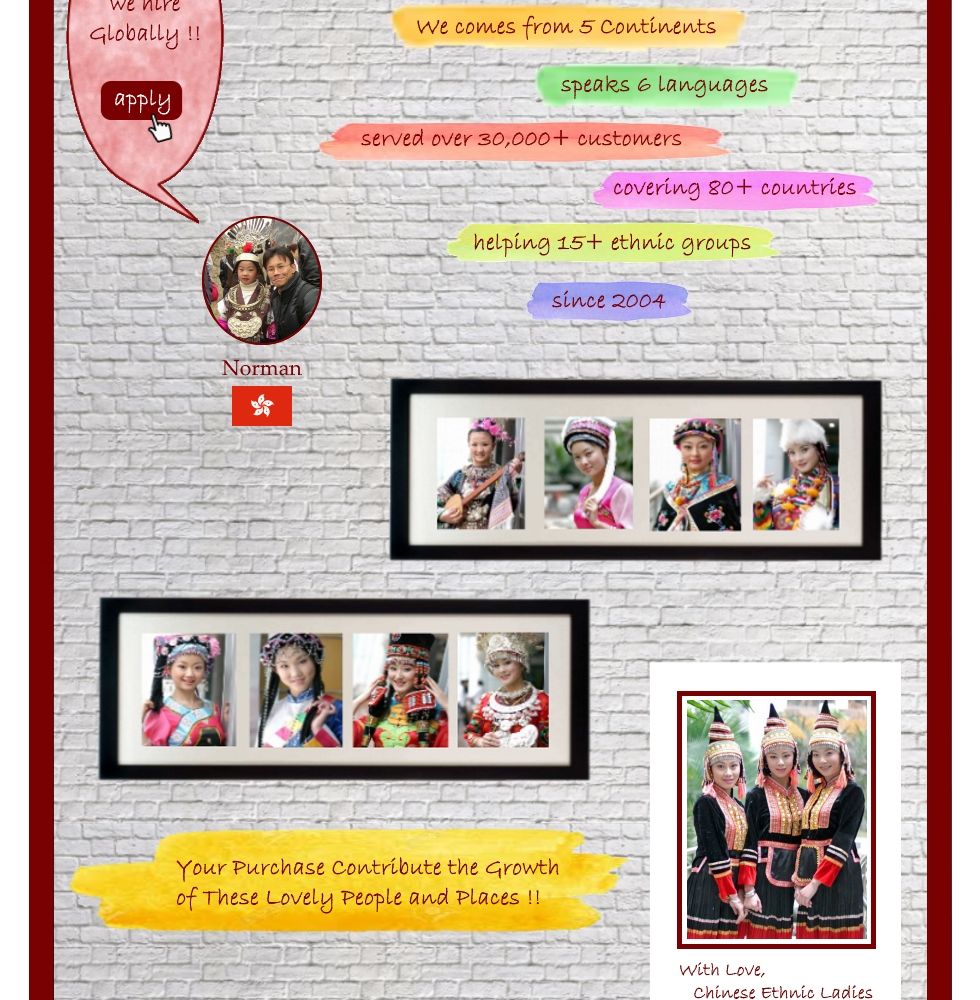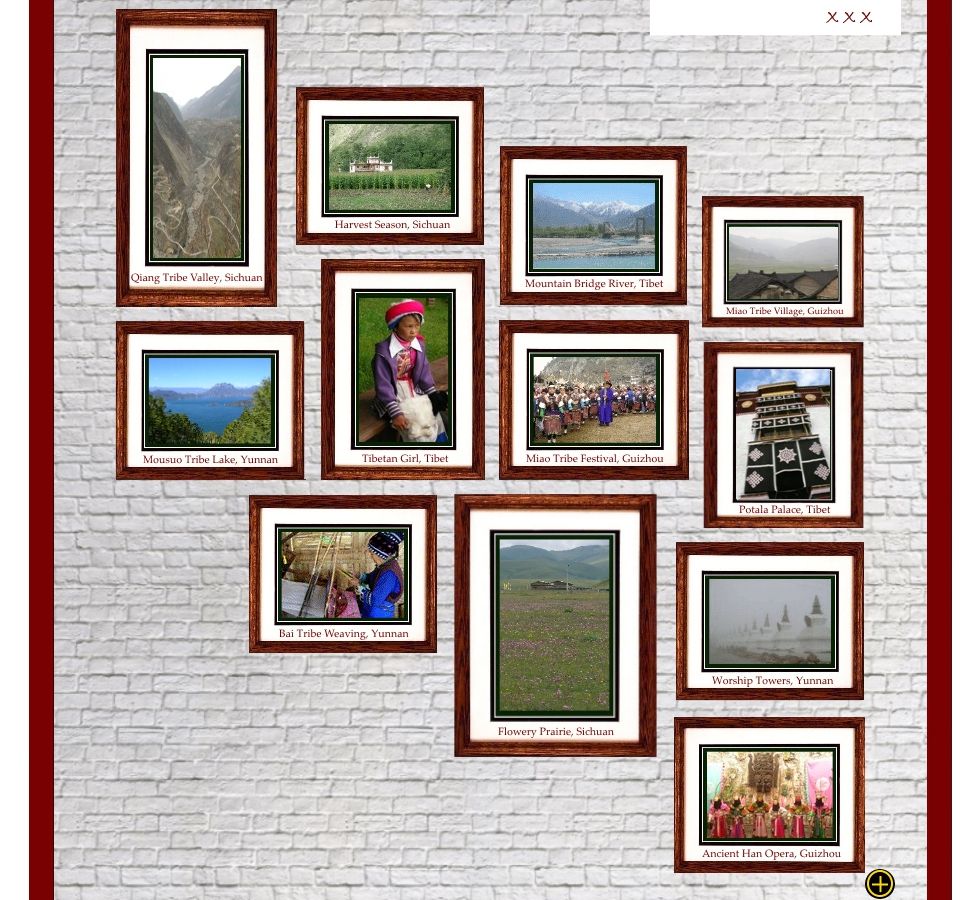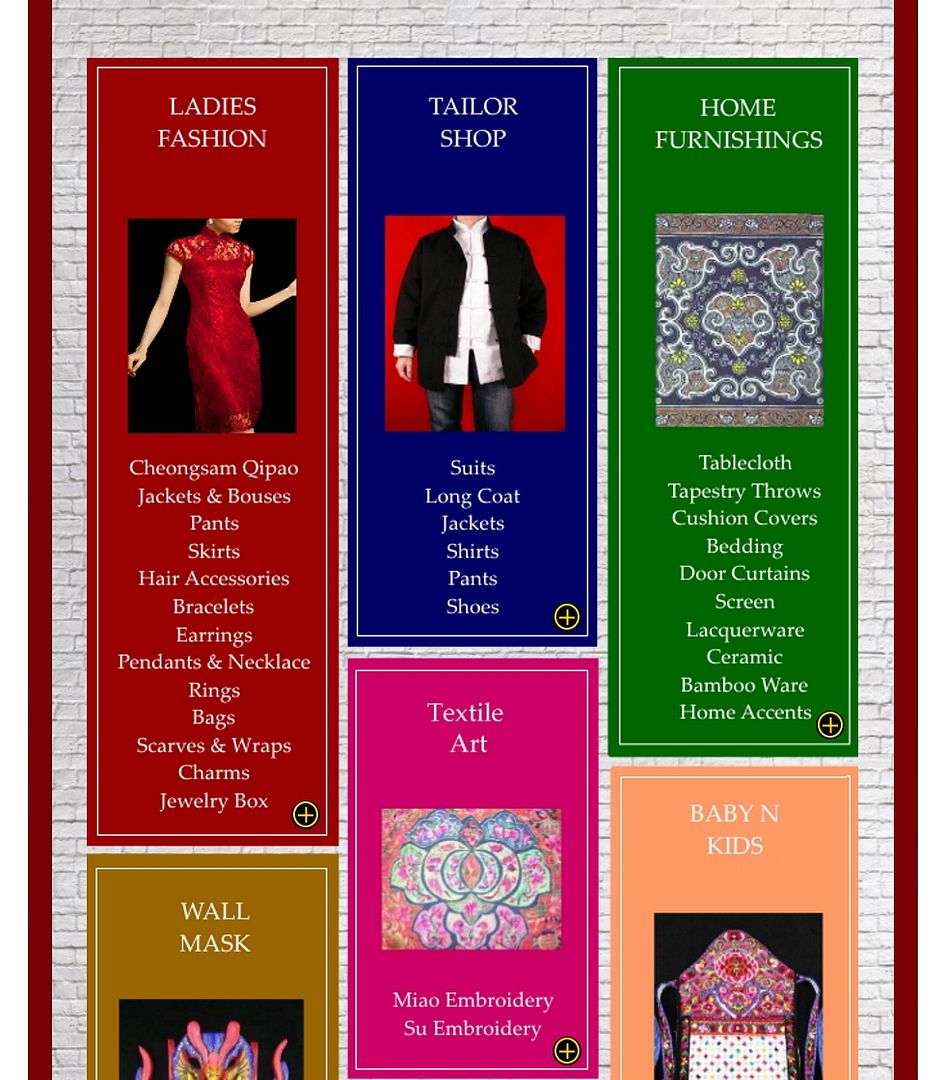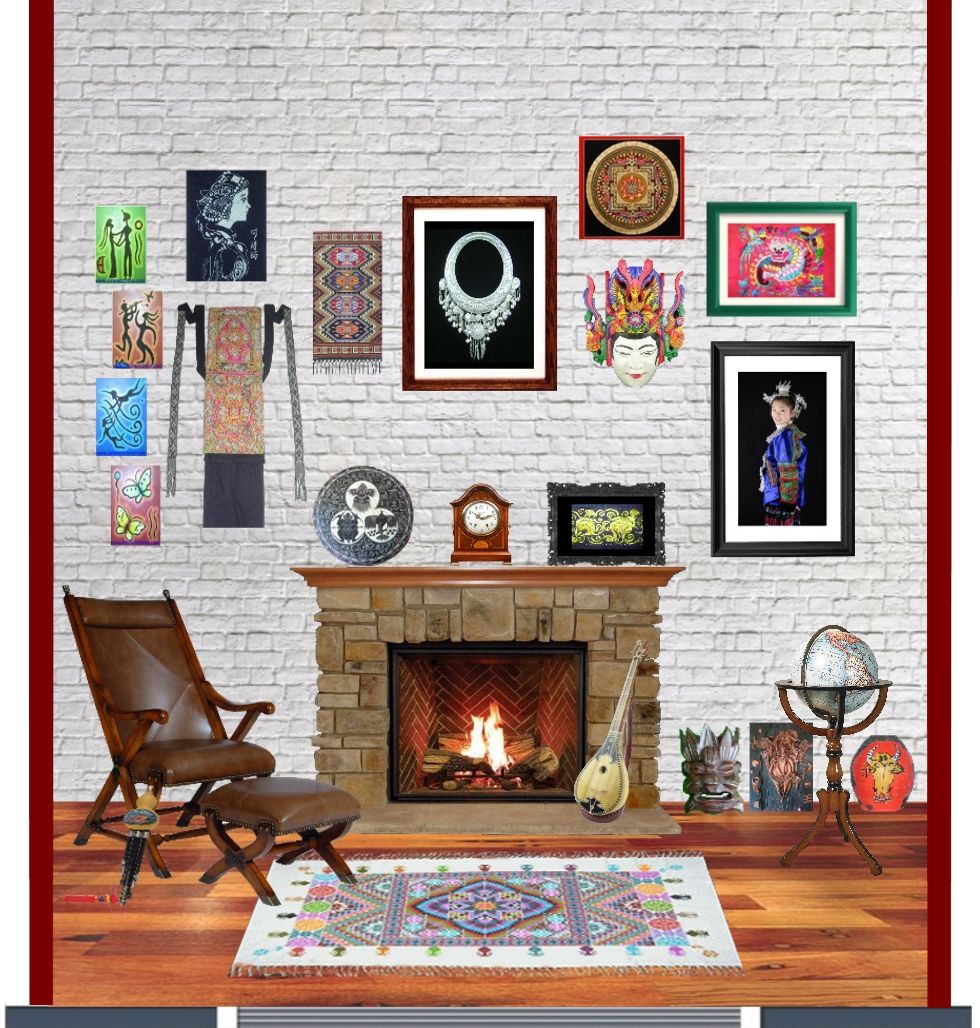Dai Ethnic Tribe, Home of Peacock
8th Jun 2017
Population and Location
The Dai are one of the 55 ethnic groups of China. The name Dai, meaning free people, has been officially used since 1953 to replace “Tai” or “Thai.”
There are about 1.5 million Dai in China. Most of the Dai live in the Xishuangbanna and Dehong Dai-Jingpo autonomous prefectures in southern Yunnan province of China.

Language
The Dai language belongs to the Zhuang-Dai branch of the Zhuang-Dong group of Sino-Tibetan languages. The written language was derived from Devanagari and differs from region to region.
Livelihood and Housing

Most Dai grow rice. They also raise livestock, tea, tobacco, sugar cane, rubber, fruit, camphor, coffee, sisal hemp and vegetables. Local industry and craftsmanship includes embroidery, weaving, musical instruments and bamboo ware. Jade and drugs are traded illegally in this region.
Most Dai live in valleys and bamboos houses built on stilts. They live on the top floor; the lower floor is for domestic animals, and balconies are used for friend visiting.
Dating and Marriage

Dai are famous for their dating and marriage customs. Teenage girls traditionally have a room away from their parents so she can meet her lover. A girl shows her interest in a young man through singing and a young man would play Hulusi to express his love to the girl.
On the wedding, the parents tie a silk thread in the hands of bride and bridegroom to pray for a good future and bless they can love each other all their life.
The Dai community is so close knitted that traditionally they do not use family names, believing that they are all of the same family.
Culture
The Dais have a rich and colorful culture. They have their own calendar, which started in 638AD. There are books in Dai script for calculating solar and lunar eclipses. Dai historical documents carry a rich variety of literary works covering poetry, legends, stories, fables and children’s tales.
Music

Their achievements in music are well-known among all the ethnic groups. They love singing and dancing, accompanied by their native musical instruments. Their folk and traditional musical instruments include bronze drum and Hulusi. Peacock dance is their most popular folk dance.
Religion

The Dai religion is Theravada Buddhism. This sect of Buddhism was introduced into the Dai region more than a thousand years ago. The Dai also take part in animistic worship by offering sacrifices to spirits and ancestors. In actuality, the Dai are perhaps more animistic than Buddhist.
In the mind of the Dai people, the “Holy Bird” peacock is a symbol of happiness and auspiciousness, and thereby is a common role in numerous folk legends.
There were many Buddhist temples in the countryside, and it was a common practice, especially in Xishuangbanna, to send young boys to the temples to learn to read and write and chant scriptures, as a form of schooling. Some of them became monks, while most of them returned to secular life.
Festivals

Important Dai festivals are the Water-splashing Festival, the Door-closing Festival and the Door-opening Festival, all of which are related to Buddhism. The Water-splashing Festival is the New Year of the Dai ethnic minority. On the 24th to 26th day of the sixth month of the Dai calendar, people engage in traditional activities such as water-splashing and dragon-boating, hoping to pacify evil spirits and ensure a good harvest in the coming year.
by Xiao Xiao @ InteractChina.com
About Interact China
-----------------------------------------------------------------------------------------------------------------------------
"A Social Enterprise in E-commerce Promoting Oriental Aesthetic Worldwide"
Aileen & Norman co-founded Interact China in 2004 with specialization in fine Oriental Aesthetic products handmade by ethnic minorities & Han Chinese. Having direct partnerships with artisans, designers, craft masters and tailors, along with 10 years solid experience in e-commerce via InteractChina.com, we position well to bridge talented artisans in the East with the rest of the world, and bring you direct finely selected products that are of good quality and aesthetic taste.
So far we carry 3000+ goods covering Ladies Fashion, Kungfu Clothing, Home Furnishings, Babies & Kids, Painting Arts, Textile Arts, Carving Arts, Tribal Jewelry Art, Wall Masks and Musical Instruments. Our team speak English, French, German, Spanish and Italian, and serve customers worldwide with passion and hearts.
-----------------------------------------------------------------------------------------------------------------------------
P.S. We Need People with Similar Passion to Join Our Blogging Team!
If you have passion to write about Oriental Aesthetic in Fashion, Home Decor, Art & Crafts, Culture, Music, Books, and Charity, please contact us at bloggers@interactchina.com, we would love to hear from you!






